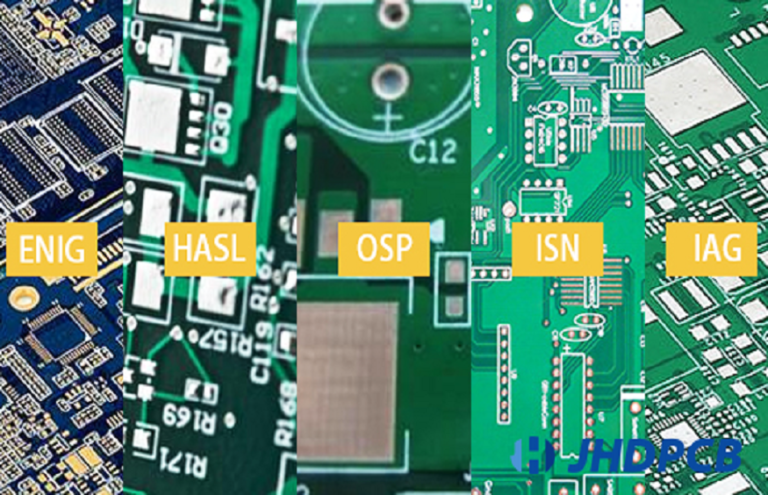Businesses face increasing pressure to monitor and manage employee productivity and behavior in the workplace. There are so many monitoring tools are already in place. Check few examples. While employee monitoring tools may seem like a solution to address concerns about cyberloafing and inefficiency, implementing such tools comes with its own set of challenges and drawbacks. Here are compelling reasons why businesses should carefully consider the implications before implementing employee monitoring tools:
Why You Shouldn’t Think Implementing Employee Monitoring Tools
1. Erosion of Trust
Implementing employee monitoring tools can lead to a significant erosion of trust between employers and employees. When employees feel that their every move is being scrutinized and monitored, it can create a sense of mistrust and resentment. Employees may feel that their privacy is being violated, leading to decreased morale and job satisfaction. In extreme cases, it can even result in a toxic work environment where employees feel undervalued and disengaged.
2. Decreased Morale and Productivity
Employee monitoring tools can have a negative impact on employee morale and productivity. Constant surveillance can create a culture of fear and anxiety, causing employees to become stressed and distracted. Rather than focusing on their work, employees may spend valuable time and energy trying to evade surveillance or engaging in counterproductive behaviors. This can ultimately lead to decreased productivity and performance, undermining the very goals that employee monitoring tools aim to achieve.
3. Potential Legal and Ethical Concerns
Implementing employee monitoring tools raises a host of legal and ethical concerns. Depending on the jurisdiction, there may be laws and regulations governing the monitoring of employee activities, including privacy laws and labor regulations. Failure to comply with these laws can result in legal liabilities and reputational damage for the business. Additionally, monitoring employee activities without their knowledge or consent can raise ethical questions about the invasion of privacy and the dignity of individuals in the workplace.
4. Focus on Symptoms, Not Solutions
Employee monitoring tools often focus on symptoms rather than addressing underlying issues in the workplace. While monitoring employee activities may reveal instances of cyberloafing or inefficiency, it does little to address the root causes of these behaviors. Businesses should instead focus on fostering a positive work environment, providing adequate support and resources, and addressing systemic issues that may be contributing to low productivity. By addressing the underlying factors that drive employee behavior, businesses can achieve sustainable improvements in performance and morale.
Example:
Consider a scenario where a company implements employee monitoring tools to address concerns about productivity. While the tools may initially provide insights into employee activities, they fail to address the underlying issues contributing to low productivity, such as inadequate training, unclear expectations, or a lack of resources. As a result, employees feel demoralized and distrusted, leading to decreased morale and further declines in productivity. In this case, the implementation of employee monitoring tools exacerbates the problem rather than solving it, highlighting the limitations of surveillance-based approaches to workforce management.
Employee monitoring tools may offer insights into employee activities. Such tools are there to consider like Controlio. By addressing underlying issues and fostering a culture of trust and collaboration, businesses can achieve sustainable improvements in productivity and performance without sacrificing employee well-being.



















+ There are no comments
Add yours